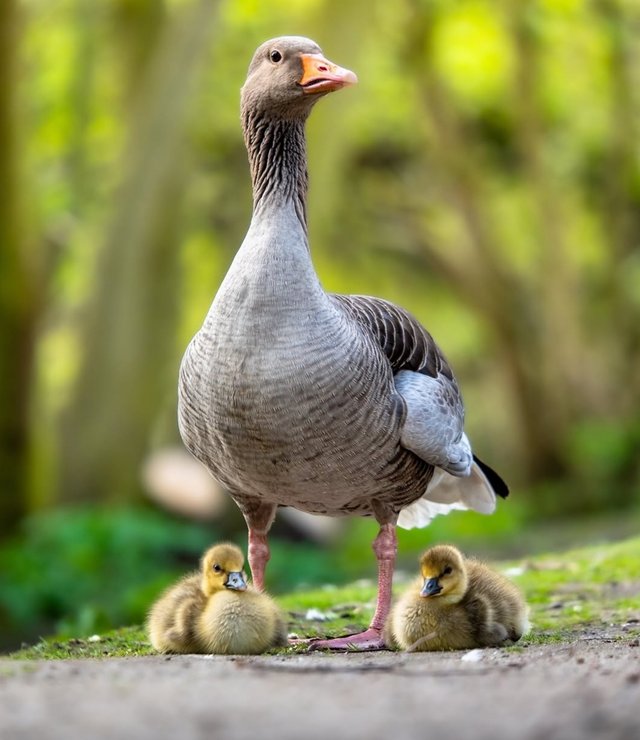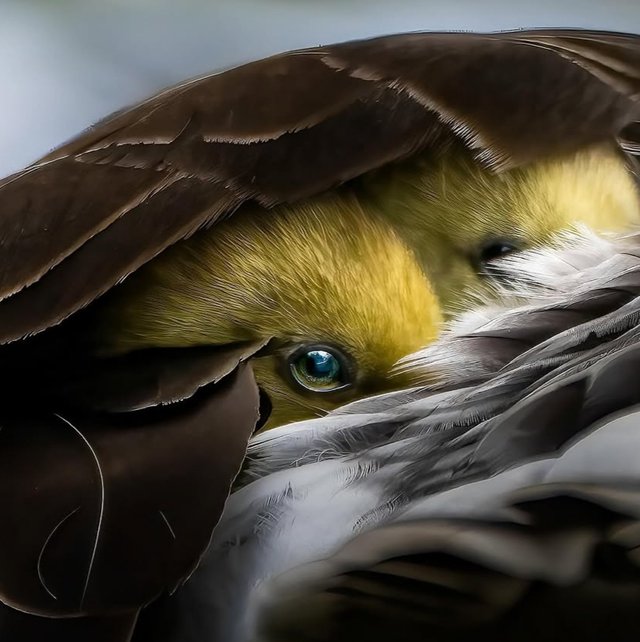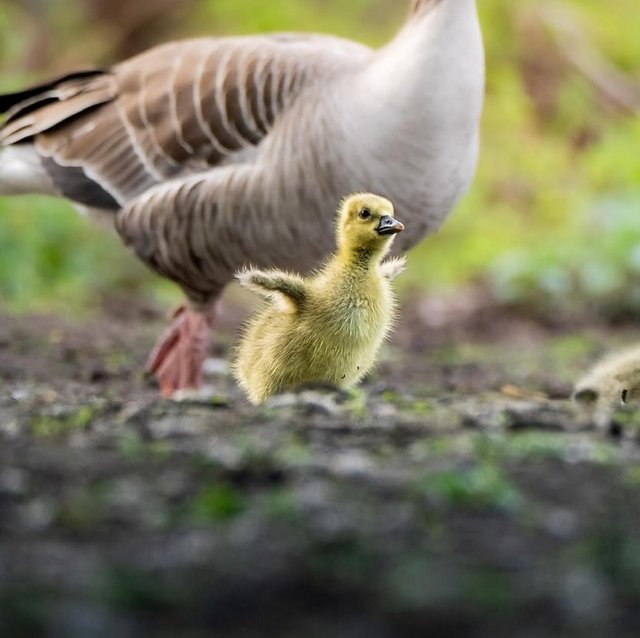So Cute Goose Animal
The Remarkable World of Geese: Nature’s Loyal Navigators
Geese are more than just familiar figures on lakes and in parks — they are complex, intelligent birds with rich social lives, powerful migratory instincts, and surprising adaptability. Found across much of the world, especially in the Northern Hemisphere, geese are members of the Anatidae family, which also includes ducks and swans. Their unique traits and behaviors make them fascinating both to scientists and casual observers alike.
Biological Basics
Geese are medium to large-sized birds, generally herbivorous, with strong bodies, long necks, and broad, flat bills. Most species are easily recognizable by their honking calls and distinctive V-formation flight during migration. Some of the most well-known species include:
Canada Goose
Greylag Goose
Snow Goose
Egyptian Goose
These birds are known for their adaptability, often living near bodies of water, wetlands, meadows, and even urban environments. They’re grazers, feeding on grasses, grains, and aquatic plants.
Social Behavior and Intelligence
One of the most remarkable features of geese is their strong social bonds. Geese are monogamous and typically mate for life. If a partner dies, a goose may mourn for an extended period and might not mate again. Their family groups are tightly knit, with parents fiercely protective of their goslings. It’s not uncommon to see whole families traveling together in perfect synchronization.
Geese also communicate in sophisticated ways. Their honks serve as warnings, navigation cues, or ways to maintain group cohesion in flight. Scientists have noted problem-solving abilities in geese, indicating a level of intelligence above many other birds.
Migration: An Epic Journey
Perhaps nothing defines geese more than their spectacular migrations. Some species travel thousands of miles between breeding and wintering grounds. During these migrations, geese fly in a V-formation, which helps reduce wind resistance and allows the flock to maintain stamina over long distances.
Each bird takes turns leading the formation, allowing others to rest in its wake — a powerful symbol of teamwork and shared effort. Studies have shown that this formation can improve flight efficiency by up to 70%, a marvel of natural engineering.
| Device | cannon eos 700D |
|---|---|
| Lens | 55-250 zoom leans |
| Location | Bangladesh |




